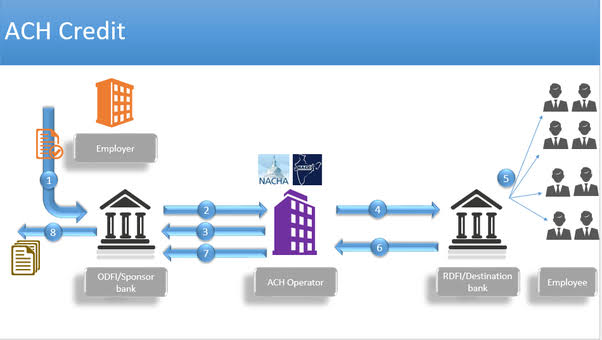What is SLR? A brief note on Statutory Liquidity Ratio - Banking info
What is SLR?
Statutory Liquidity Ratio is the amount a commercial banks needs to maintain in the form of cash, or gold, or govt. approved securities (Bonds) before providing credit to its customers. SLR rate is determined and maintained by RBI in order to control the expansion of the bank credit.This money is predominantly invested in government approved securities (bonds), Gold, which mean the banks can earn some amount as 'interest' on these investments as against CRR where they do not earn anything.
Formula: SLR rate = (liquid assets / (demand + time liabilities)) × 100%
The main objectives for maintaining the SLR ratio are the following
i. to control the expansion of bank credit. By changing the level of SLR, the Reserve Bank of India can increase or decrease bank credit expansion.ii. to ensure the solvency of commercial banks.
iii. to compel the commercial banks to invest in government securities like government bonds.
Main use of SLR
SLR is used to control inflation and propel growth. Through SLR rate the money supply in the system can be controlled effectively.What is the difference between SLR and CRR?
What SLR does is it restricts the bank's leverage in pumping more money into the economy. On the other hand, CRR, or cash reserve ratio, is the portion of deposits that the banks have to maintain with the RBI. Higher the ratio, the lower is the amount that banks will be able to use for lending and investment.The other difference is that to meet SLR, banks can use cash, gold or approved securities where as with CRR it has to be only cash. CRR is maintained in cash form with RBI, where as SLR is maintained in liquid form with banks themselves.
Why is it important?
The RBI doesn’t always prefer bringing out the big guns in its monetary tools armament for fear of causing collateral damage — read, the risk of stoking inflation due to a repo rate cut. In such situations, SLR can be an effective pistol, so to speak. Reducing SLR can free up banks’ funds, which if deployed for lending can boost investment cycle. The RBI lowering SLR this time was broadly seen as an attempt to revive the slack credit demand in the economy.But banks may not loosen up their kitty immediately, this time around. That’s because banks prefer to carry excess investments and park funds in highly safe assets, particularly when lending opportunities are weak. Currently, banks on an average continue to invest 3-5 per cent more than the mandated SLR requirement.
Why should I care?
SLR tweaks can impact your borrowing rates. Wondered why the RBI’s rate actions don’t seem to make much difference to your borrowing rates? One of the reasons cited for this poor monetary transmission is the ready market for bond buybacks by the RBI through open market as well as through the SLR mandate.This, the Urjit Patel Committee believes has kept rates on government borrowing suppressed. To facilitate quicker transmission of policy rates to borrowers, it is essential to align interest rates across different segments to market-determined rates. The RBI has been reducing SLR in a phased manner over the past one to two years, to ensure better transmission by doing away with a captive market for government securities. This should make the bond yields reflect actual market demand.
What does a reduction in SLR mean?
A cut in SLR means that the home, car and commercial loan rates will go down. Banks will have more money with them.With the reduction of SLR, the RBI is shrinking the market for government securities and simultaneously enlarging availability of credit to the private sector. With that, the cost of funds to the government will increase and the rate charged by banks to the private sector decreases.



Comments
Post a Comment